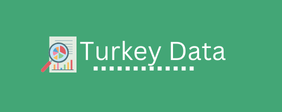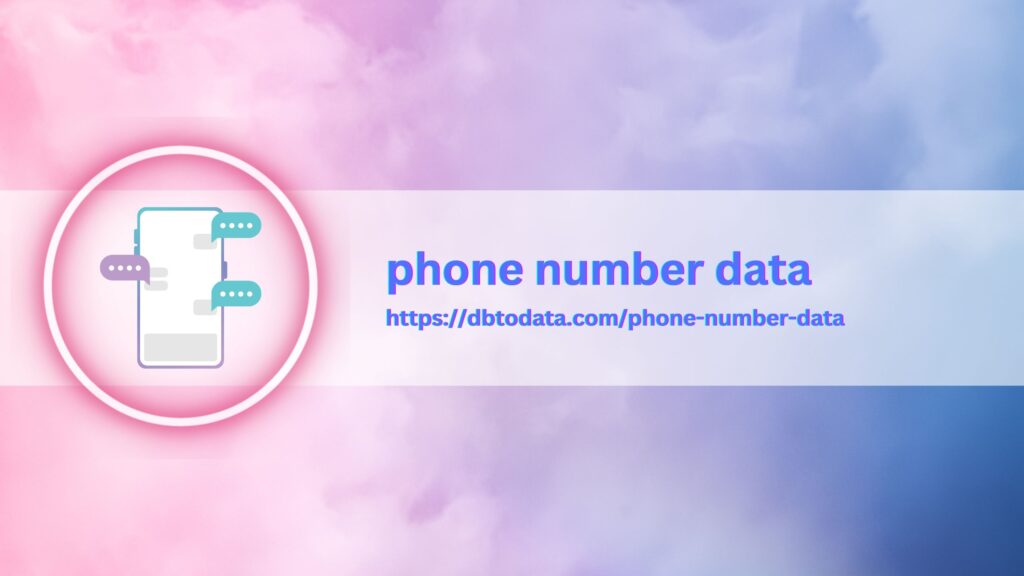In today’s data-driven world, the ability to effectively visualize and interpret data is essential for businesses looking to stay ahead of the competition. Data visualization enables organizations to gain valuable insights from complex datasets and make informed decisions based on these insights. In this article, we will explore the importance of data visualization and how it can benefit businesses of all sizes.
What is Data Visualization?
Data visualization is the graphical representation of data to help organizations understand and interpret information more effectively. By using charts, graphs, and other visual elements, businesses can easily identify patterns, trends, and outliers within their data. This, in turn, allows them to make data-driven decisions that drive growth and success.
Why is Data Visualization Important?
Data visualization plays a crucial role in modern business operations for several reasons. Firstly, it helps simplify complex datasets, making it easier for employees at all levels of an organization to understand and interpret information. Additionally, visual representations of data can reveal insights that may not be apparent when looking at raw numbers alone.
Furthermore, data visualization can help businesses communicate information more effectively. Whether it’s presenting financial reports to stakeholders or sharing insights with team members, visual aids are often more engaging and easier to comprehend than lengthy written reports.
How Can Data Visualization Benefit Businesses?
The benefits of data visualization for businesses are numerous. Firstly, it can help organizations identify areas for improvement and make more informed decisions that drive growth and profitability. For example, a retail company may use data visualization to analyze sales trends and identify which products are performing well and which are underperforming.
Additionally, data visualization can help businesses spot potential opportunities for growth and expansion. By visualizing customer data, companies can better understand their target audience’s preferences and tailor their marketing strategies accordingly. This can lead to increased customer satisfaction and loyalty, ultimately driving revenue and success.
The Role of Data Visualization in Business Intelligence
Data visualization is a key component of business intelligence, which refers to the use of data analysis tools and techniques to extract valuable insights from raw data. By incorporating data visualization into their business intelligence strategies, organizations can oman phone number data the power of data to make smarter, more strategic decisions.
For example, a healthcare organization may use data visualization tools to track patient outcomes and identify patterns that could lead to improved treatment protocols. By visualizing this data, healthcare providers can make more informed decisions that enhance patient care and drive better outcomes.
The Future of Data Visualization
As technology continues to evolve, the future of data visualization looks promising. Advances in artificial intelligence and machine learning are enabling businesses to create more sophisticated and interactive visualizations that provide deeper insights how to run contests and giveaways on telegram for business growth their data. Additionally, the rise of big data means that organizations have access to larger and more complex datasets than ever before, making data visualization a critical tool for making sense of this information.
In conclusion, data visualization
Is an essential tool for modern businesses looking to stay uk data in today’s data-driven world. By effectively visualizing and interpreting data, organizations can gain valuable insights, make more informed decisions, and drive growth and success. As technology continues to advance, the future of data visualization looks bright, with endless possibilities for businesses looking to harness the power of their data.

